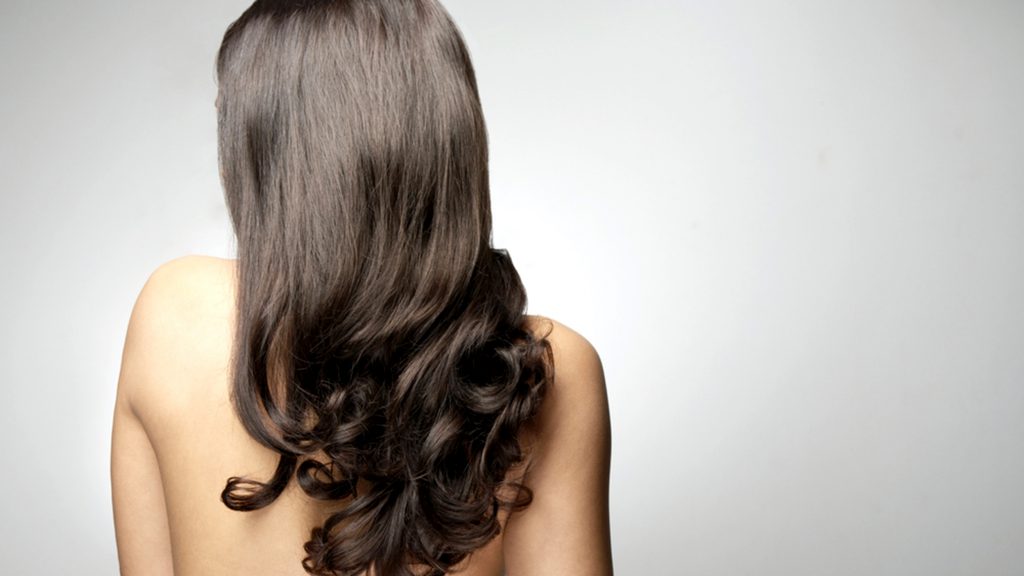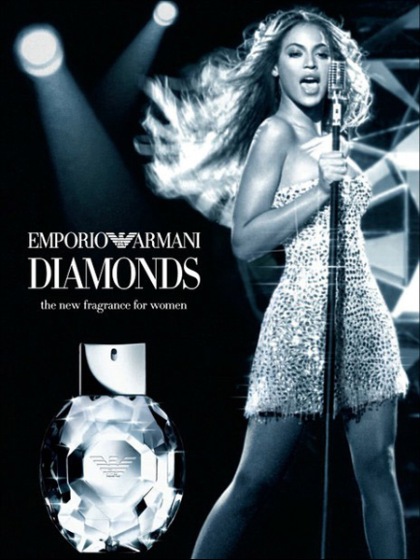Whenever you seek information on how to repair damaged hair, the topic of proteins pops up. What are they and why they matter so much in hair care?

The Internet is jam-packed with articles on proteins and their hair benefits. Sadly, they are often contradictory or incomplete. After reading such hair guides, we feel even more confused and we’re not sure if proteins are necessary or trigger hair frizz. It’s time for organizing the information.
Proteins – definition
What are proteins actually? Lots of elements of our bodies (including hair stem) are built of proteins. They have various forms because depending on the size they play certain functions on hair surface or in various hair layers. They are the building blocks of hair – extremely important particles that are worth delivering in hair care.
What’s the task of proteins?
Smaller proteins penetrate hair and enhance its resilience whereas bigger ones fill in holes in the cuticle layer and seal the external hair shield. Each particle has a moisturising effect as well because it’s hydrophilous which means it may bind with water and transport it to the inner structures. As a result, after receiving proteins, hair is stronger, thicker, more prone to styling, as well as resistant to damage.
Types of proteins
Few people know that proteins in hair products may have different forms. You should know the types of proteins and what names you should search for while shopping. This way you use the right protein hair care and effectively repair your hair.
- High molecular weight proteins (Milk Protein, Silk, Elastin, Collagen, Keratin) have quite big particles, therefore, they make better choice for extremely damaged, highly porous hair and build up on low porosity hair.
- Hydrolyzed proteins (Hydrolyzed Keratin, Hydrolyzed Milk Protein, Hydrolyzed Silk, Hydrolyzed Wheat Protein) have much smaller molecules thanks to the protein hydrolysis, which makes them suitable for fixing and strengthening all hair types.
- Amino acids (Cysteine, Arginine, Methionine) are the tiniest in the protein family; thanks to their structure and size, they effectively attract water and can penetrate deeply, improving hair state permanently.
How to use proteins?
Giving up on proteins is a huge hair care mistake. How to find the golden mean? You must use protein-rich hair products reasonably.
Firstly, decide which proteins your hair needs (how damaged your hair is). The easiest way? Simply look at your strands – if they’re dull, limp, brittle, they’re likely to long for vitality so reach for hydrolyzed or high molecular weight proteins.
How to deliver proteins to your hair? Get the appropriate products which contain keratin, arginine, wheat and milk proteins, etc. A protein conditioner or mask is the basis – apply it before hair washing and oil treatment, leaving it in for 3-30 minutes. Securing the hair with a warm towel is a good idea for intensifying the effect.
How often to apply proteins?
You can use such deeply regenerating treatment once a week or only when you spot poorer hair condition. You shouldn’t do it too often because proteins may cause damage in excess.
Overproteined hair
A situation in which hair has too much proteins and they build up on the hair stem. That is the biggest fear of those starting their adventure with proteins in hair care. Overproteined hair is coarse, stiff, frizzy and looks extremely dry.







Leave a Reply